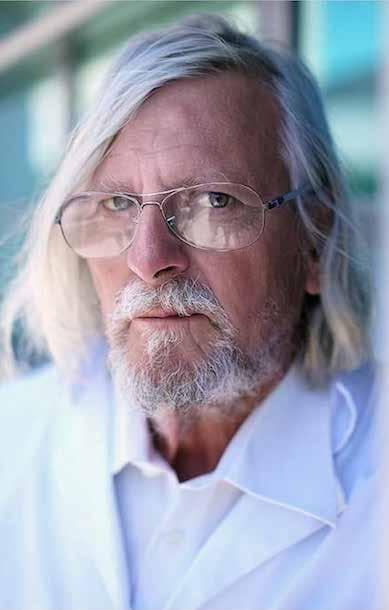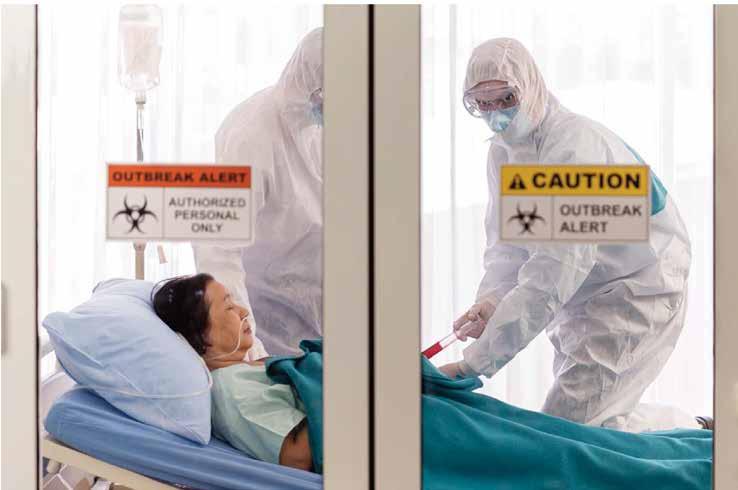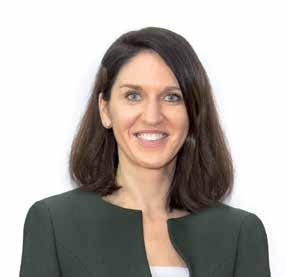Issue 56/ 172 JAN-FEB 2021
THE ARAB HOSPITAL APPLICATION IS AVAILABLE
DIGITAL TRANSFORMATION IN THE TIME OF CORONAVIRUS Obesity and Weight Management
The Role of Antibody Testing for SARS-CoV-2?
Ventilators and COVID-19
GE Healthcare Announces First X-ray AI to Help Assess Endotracheal Tube Placement for COVID-19 Patients Next level IVF treatment: What is in store for the future? Insights by an expert from Acibadem Healthcare Group in Istanbul














